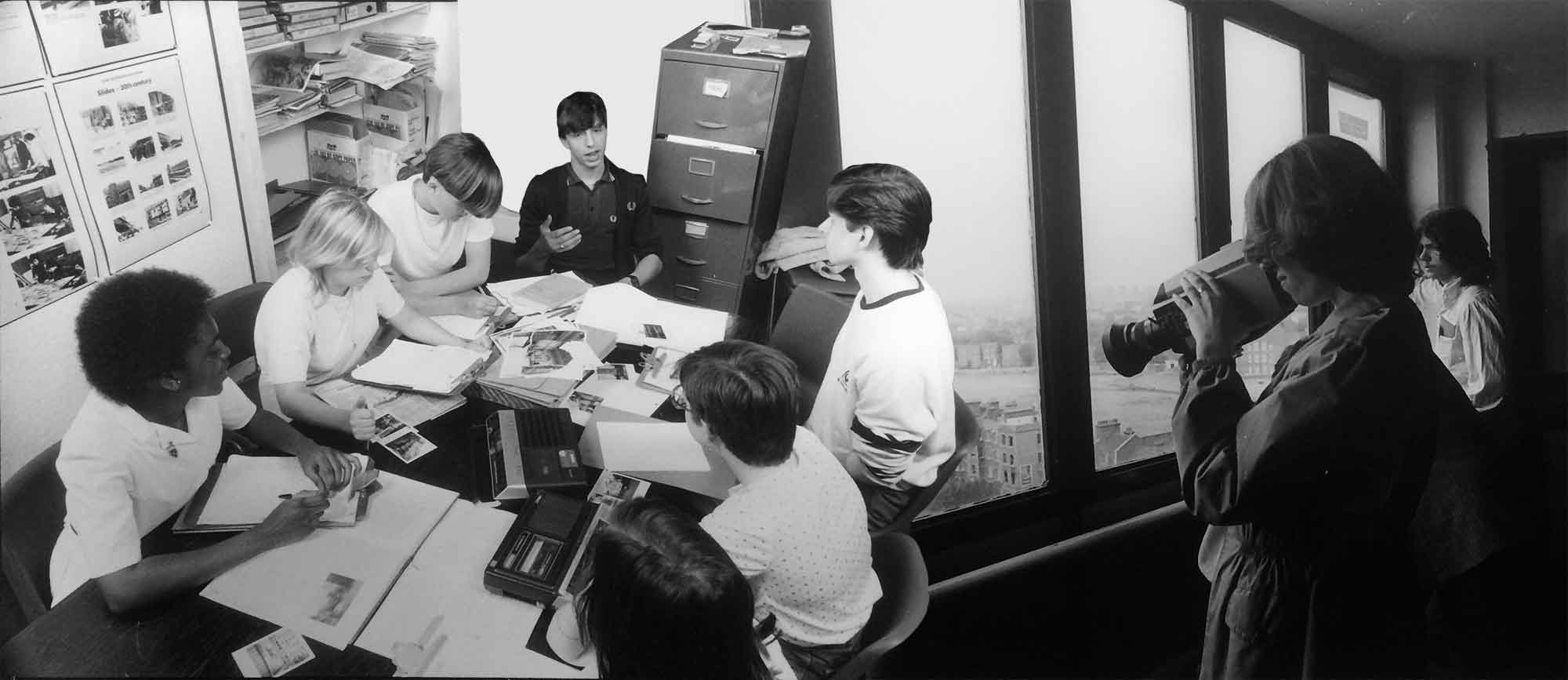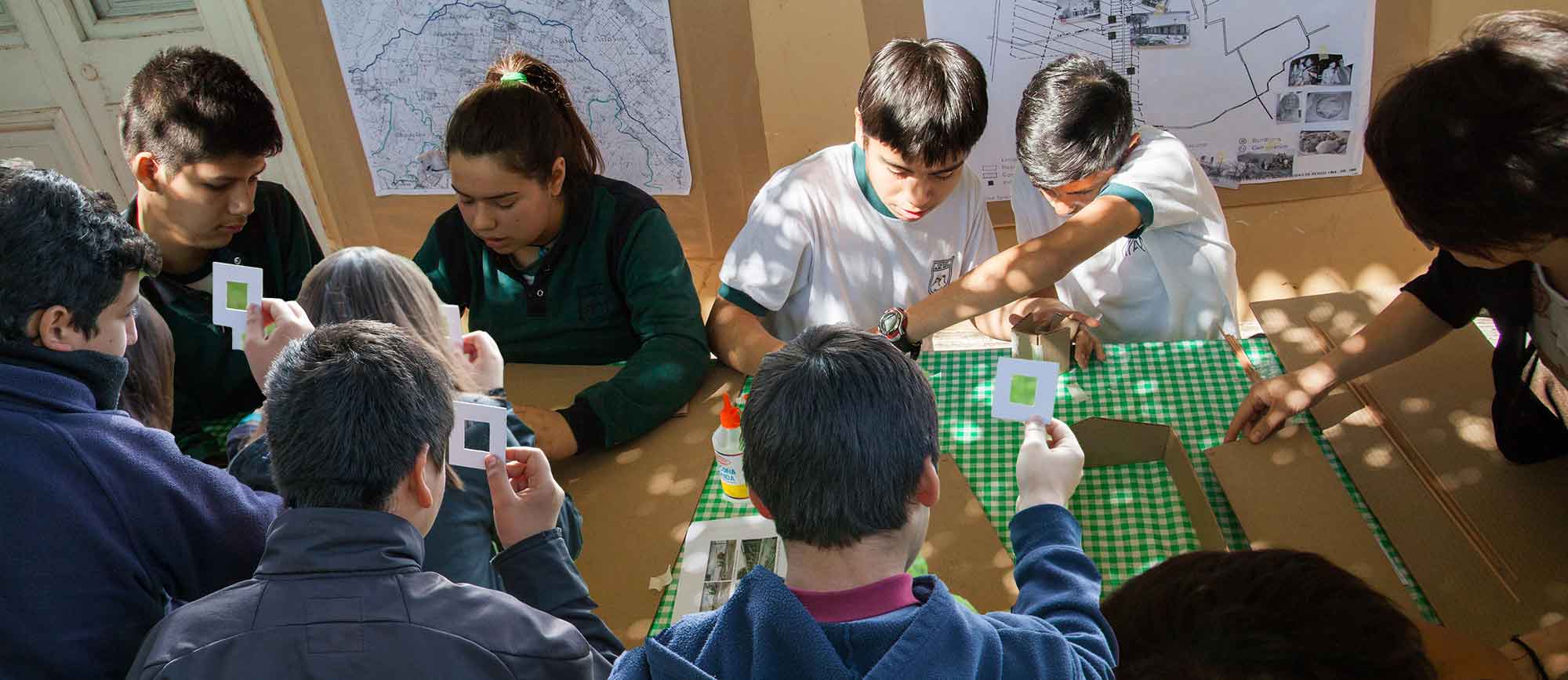- Login
Critical Spatial Practice


‘By living we learn’ (1)
‘Understanding the present as the development of the past, are we not preparing also to understand the future as the development of the present?’ (2)
(1) Patrick Geddes, Cities in Evolution: An Introduction to the Town Planning Movement and to the Study of Civics, (London: Williams, 1915) p. 317.
(2) Patrick Patrick, Civics: As Applied Sociology, n.d. p. 108.
This project explores the role of architects and built environment professionals as educational mediators through their participation in projects which sought to increase public interest in the built environment. It analyses three cases in modern Britain in which architects, planners or urbanists have worked in collaboration with teachers and communities to develop methods that used the physical environment as a resource for learning: The Outlook Tower, Urban Studies Centres and Architecture Workshops.
These initiatives, which span from the end of the nineteenth century until the late 1980s, had a shared aim of critically engaging people with their surroundings through education, referred here as civic pedagogy. The word ‘civic’ encompasses the physical space of a town or city as well as the people who live in it, while ‘pedagogy’ refers to the act of leading learners on their path of discovery. Civic pedagogy, then, describes a situated learning approach that uses the environment as a resource to make people aware, skilled and prepared to take action over their surroundings, reinforcing a form of local active citizenship.
In the projects presented, the city’s architecture became a tool to explore the social and political issues of everyday life. Their methods expanded people’s perception and developed new skills while preparing them for meaningful participation in the construction of the city. Thus, connecting architecture, pedagogy and politics.
This project uses history as practice, incorporating key ideas behind three historical cases in order to inform and promote a form of critical spatial practice for civic engagement today. Simultaneously, the re-enactment and testing of past ideas inform the understanding of the historical research, creating a feedback circle between research and action which aims to take advantage of the lessons of the past to tackle environmental inequality today.
Sol Perez-Martinez, is an architect, researcher and curator. Before researching in the UK, Sol lectured at the Universidad Catolica de Chile and ran an architectural practice where she and her firm partners developed projects for private clients and the Chilean government. Their last public building was a school in the South of Chile, which encouraged her research combining environment, education and engagement. Since 2013, Sol has collaborated with teachers, artists and architects curating educational programs, conferences and exhibitions to widen the participation of young people and communities in the construction of their city. Sol is a qualified architect in Chile, with master degrees in architecture and architectural history from Chile and the UK respectively. Currently, she is a PhD candidate at the Bartlett School of Architecture and the Institute of Education, UCL while also working as a researcher and curator in Chile and the UK.
My work seeks to unearth lessons from the past to trigger a starting point for my practice based on the stories of others. I retrace their steps, try their methods, perform their ideas. These operations modify my perception and help me re-read historical accounts under a different light, which sparks a new cycle of practice. The cycles of history and practice repeat until I reach a saturation point. By collecting the experiences and reflections of people that came before me, my practice continues their work and becomes a collective project, a conversation between generations, where the wisdom of those cast aside engender new projects.
Colin Ward and Anthony Fyson, Streetwork, (London, 1973)
Ivan Illich, De-schooling Society, (Mexico, 1970)
Patrick Geddes, Cities in Evolution, (London, 1915)



































































